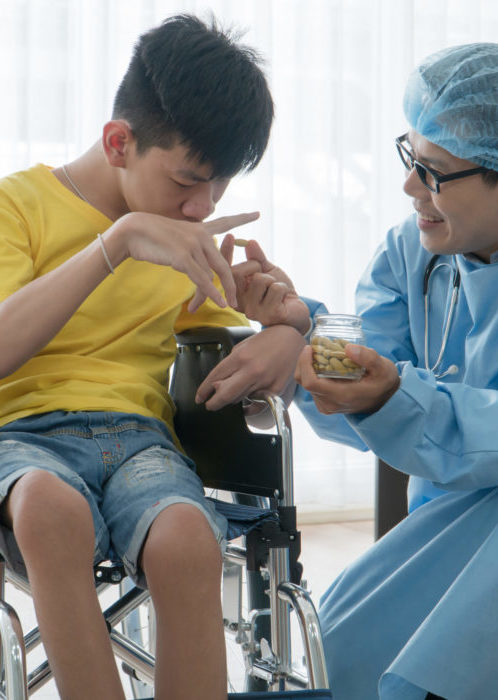Cerebral palsy is a common neurological condition in children. It happens when there is an injury to the growing brain.
The injury may occur once, but its consequences are what lead to the child’s deformity as the child grows.
You may wonder, why a child with cerebral palsy needs to see an orthopaedic surgeon yet their injury is in the brain.
Well, you won’t need to see the orthopaedic surgeon immediately but as the child grows, they may develop deformities that warrant orthopaedic intervention.
In this article, we shall go over the different deformities that develop in children with cerebral palsy and we shall break down the different nonsurgical and surgical treatments.
Deformities in children with cerebral palsy
| Body part | Deformity |
| Hand | Thumb in palm deformity |
| Spine | scoliosis |
| Hip issues | Hip dislocations and hip subluxations |
| Foot issues | Flat feet, Toe walking, Cavovarus feet |
| knee | Knee joint contractures |
| Joint issues | Contractures |
Do you need to see a paediatric orthopaedic surgeon?
How do orthopaedic surgeons treat cerebral palsy?
The treatment depends on the severity of the deformity and how it is affecting the child’s day-to-day activities. The treatment is divided into non-operative treatment and surgical treatment.
Examples of non-operative treatment
All body parts can be treated with non-surgical treatment.
1.Braces
Braces or orthotics are external devices worn to prevent the formation or progression of a deformity. The common ones here are AFOs and hand splints.
2. Injections
Botox injections are the most commonly used in CP. These are injected into overly excitable muscles in order to relax them.
3. Physiotherapy and rehabilitation
Physiotherapy is a very important part of CP treatment. Because the muscles and tendons in this muscle group are prone to getting tight, stretching is vital.
Examples of operative treatment
- Tendon lengthening
This is a surgery that involves the lengthening of contracted tendons.
2. Tendon transfers
Tendon transfers are done when a certain muscle is overpowering other muscles hence leading to a deformity. The overpowering tendon is then transferred to a different location in order to balance out the function of the different muscle groups.
3. Osteotomies
In severe deformities that can not be corrected by lengthening tendons or bracing, osteotomies (bone cuts) are done and then the bones are realigned.
4. Guided growth surgery
In growing children, we can take advantage of their growth potential in order to do small surgeries that correct deformities.
This is the same principle as in this article that talks about correcting bowed legs.
When should a child with cerebral palsy see an orthopaedic surgeon?
When the diagnosis of cerebral palsy is made, these children need to be booked to see an orthopaedic surgeon. Some special orthopaedic exams and investigations can help the orthopaedic surgeon know when to intervene.
All children are special and treatment is tailored based on the individual but we have found that most children will follow this treatment.
- 3 to 7years Botox injection, physical therapy plus bracing only
- 7 to 9 years; Botox, tendon lengthenings or transfers, physical therapy and Bracing
- 10 to 18years; tendon lengthenings or transfers, physical therapy and osteotomies plus bracing
How often do children with cerebral palsy need surgery?
First off, each child is different so all kinds of medical care are planned based on the child’s needs. Children who have a very mild kind of cerebral palsy may never need or only have one surgery all their lives.
However, children who are severely involved, often need multiple surgeries over their growing years to fix deformities and treat contractures.
In conclusion;
Cerebral palsy is a complex condition where most symptoms manifest as the child grows especially during the years of rapid growth.
These children need to be seen by an orthopaedic surgeon at some point in their lives. The treatment is tailored to the presenting complaint and the severity of the cerebral palsy.
